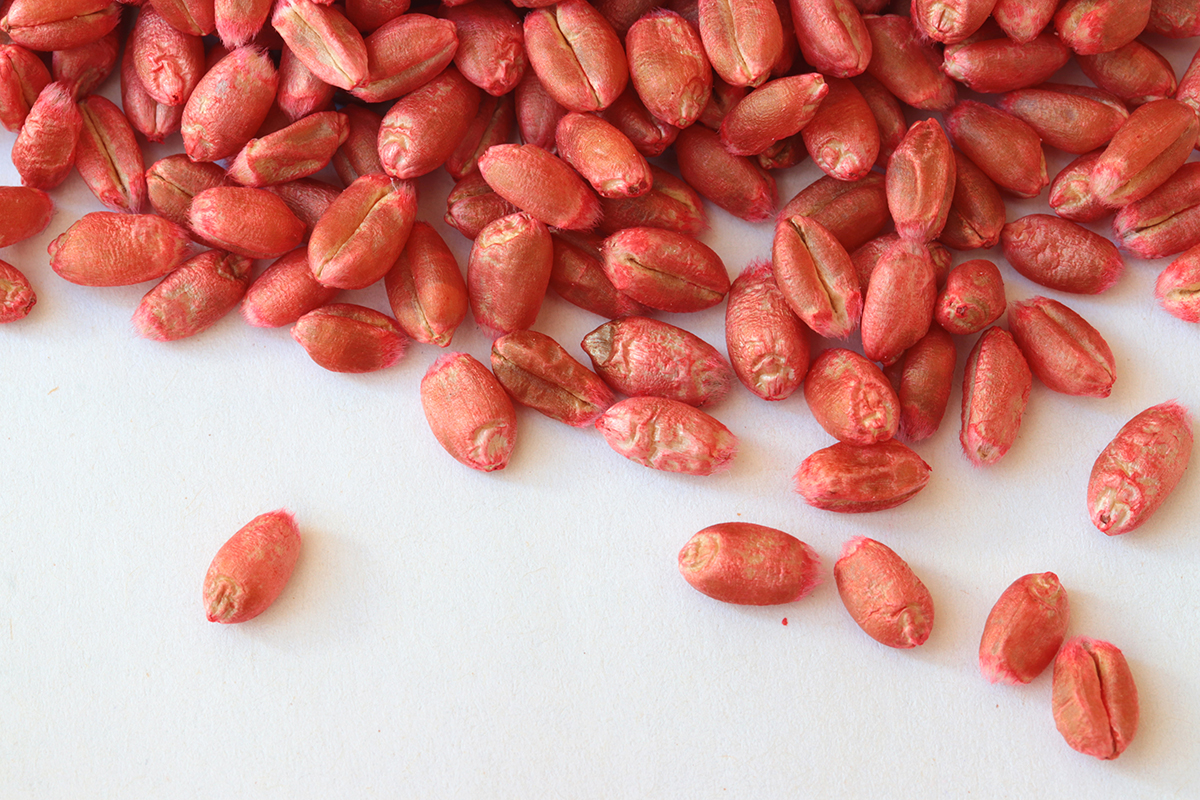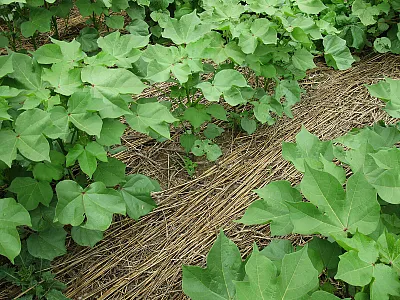Variety choice influences soft red winter wheat yield more than seed treatment


The use of a seed treatment is common practice in most major crops in the United States, yet there is little research on the benefits of seed treatment usage on soft red winter wheat in the North Central United States. The purpose of this research trial was to evaluate how the use of a seed treatment influenced winter wheat canopy cover, yield, and test weight in Wisconsin, Indiana, and Michigan.
Earn 1.5 CEUs in Integrated Pest Management by reading this article and taking the quiz.
Self-study CEU quiz
Earn 1.5 CEUs in Integrated Pest Management by reading this article and taking the quiz. For your convenience, the quiz is printed below. The CEU can be purchased individually, or you can access as part of your Online Classroom Subscription.
1. The primary objective of this study was to evaluate
a. tillage effects on wheat disease pressure.
b. the effect of nitrogen sources on wheat yield.
c. the effectiveness of seed treatments at protecting wheat from pathogen-related yield reduction.
d. the best fungicide spray timing to protect wheat from pathogen-related yield reduction.
2. How many site-years were included in the experiment?
a. 10.
b. 15.
c. 20.
d. 25.
3. In which states were the trials conducted?
a. Wisconsin and Illinois.
b. Wisconsin, Michigan, and Indiana.
c. Indiana and Ohio.
d. Iowa and Minnesota.
4. What was the experimental design used at each site?
a. Randomized complete block with four replications.
b. Split-plot design.
c. Latin square design.
d. Strip-plot design.
5. Which two winter wheat varieties were evaluated?
a. Pioneer 25R40 and Bobwhite.
b. Ambassador and Red Fife.
c. Guardian and Mason.
d. Harpoon and Kaskaskia.
6. Seed treatments had a larger effect on yield than variety selection.
a. True.
b. False.
7. Which seed treatment significantly increased yield compared with the non-treated control in the Harpoon variety?
a. Athena-R.
b. CruiserMaxx Vibrance Cereals.
c. Stamina F4.
d. Raxil Pro MD/Shield.
8. What was the approximate yield increase in Harpoon treated with Athena-R compared with the non-treated control?
a. 1 bu/ac.
b. 1.5 bu/ac.
c. 2.7 bu/ac.
d. 5 bu/ac.
9. At which growth stages was canopy cover measured?
a. Feekes 2 and 4.
b. Feekes 3 and 5.
c. Feekes 5 and 7.
d. Feekes 6 and 8.
10. Seed treatments significantly improved canopy cover at both Feekes 3 and Feekes 5.
a. True.
b. False.
11. Which pathogen genera that were isolated from wheat roots in this study can lead to concerns?
a. Alternaria and Phytophthora.
b. Sclerotinia and Rhizoctonia.
c. Claviceps and Aspergillus.
d. Pythium, Fusarium, Bipolaris, and Globisporangium.
12. Which of the following was a difference between the two varieties?
a. The variety Harpoon produced significantly higher yield.
b. The variety Harpoon had greater test weight.
c. The variety Kaskaskia achieved better early canopy cover under seed treatment.
d. The variety Kaskaskia showed superior disease resistance.
13. Seed treatments did not reduce wheat test weight compared with the control.
a. True.
b. False.
14. What was the most important overall finding of this study?
a. Seed treatments consistently improved yield across all environments.
b. Seed treatments caused phytotoxicity in both varieties.
c. Variety selection had a greater impact on yield than seed treatment choice.
d. Kaskaskia outperformed Harpoon in all parameters.
15. What management recommendation did the authors emphasize for growers in the North Central U.S.?
a. Use seed treatments every year regardless of conditions.
b. Prioritize insecticide-only seed treatments.
c. Focus on selecting varieties adapted to local conditions.
d. Avoid fungicide seed treatments entirely.
Text © . The authors. CC BY-NC-ND 4.0. Except where otherwise noted, images are subject to copyright. Any reuse without express permission from the copyright owner is prohibited.







